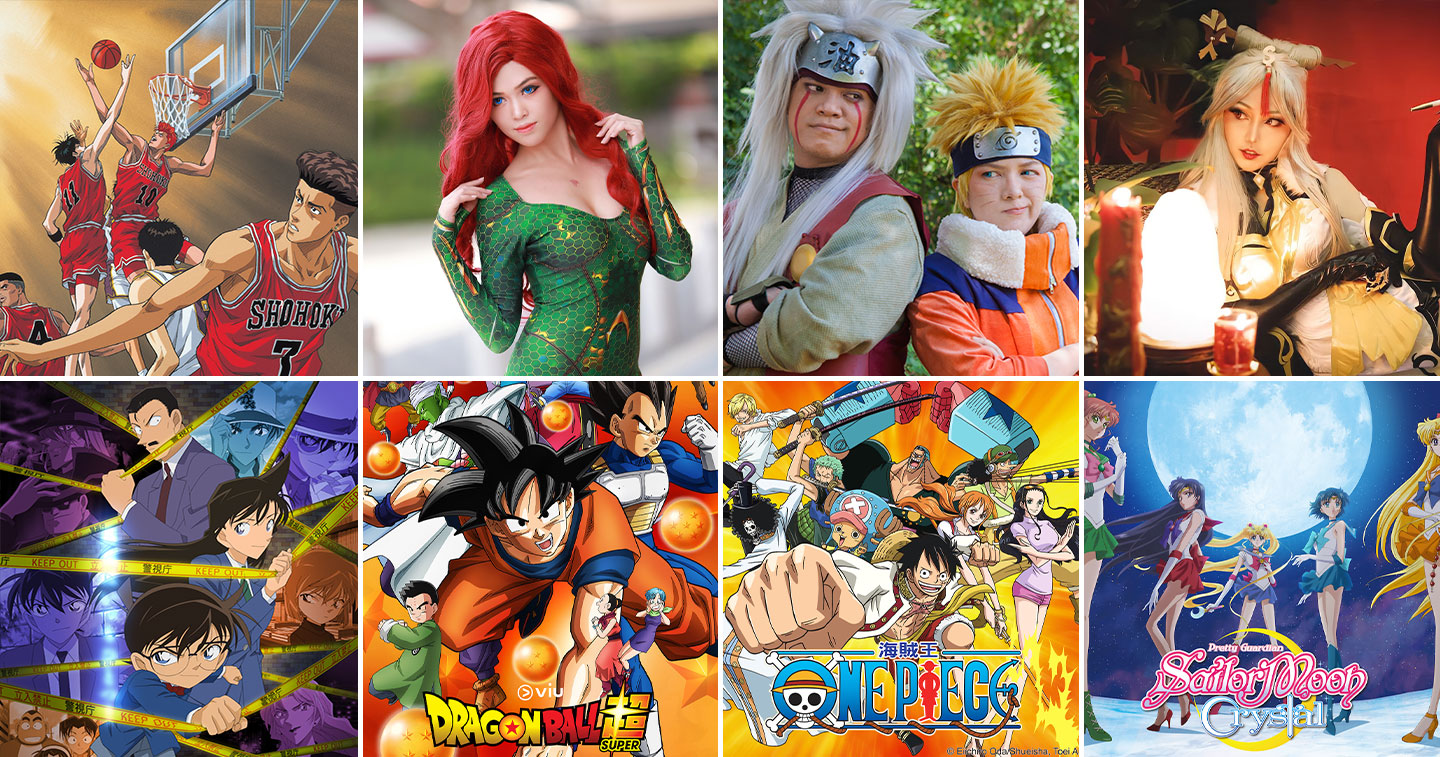MANILA, PHILIPPINES – In 2016, the Japanese television show Mezamashi Terebi interviewed tourists about the popular anime song in their country. Filipino participants amazed the show’s hosts and guests by mentioning Chōdenji Machine Voltes V and singing the song in Japanese. Although Voltes V was neither extremely popular nor distinguished in Japan, the interview represented just how ubiquitous this particular anime is in the history of the Philippines.
The impact of Voltes V in the Philippines marks the beginning of anime’s long journey and influence in the country. Below, we recap the background of anime in the Philippines and list how Filipinos express their love for anime.
History of anime in the Philippines
1970s: Anime is first broadcasted in the Philippines
The impact of anime can be traced back to the blocktiming company Questor, which was one of the first businesses to bring anime into the country. By securing rights to some shows, their arrangement with GMA-7 led to the broadcast of Mechander Robo, Tōshō Daimos, Mazinger Z, UFO Robo Grendiser, and Voltes V during the 6:00 – 6:30 pm “block” on weekdays.
Anime’s blocktime schedule proved effective at capturing Filipino audiences. Children could enjoy these mecha anime shows every day after school, particularly Voltes V which was broadcast on Fridays, the end of the school week.
However, while Voltes V became one of the most-watched anime in the Philippines, the broadcast of its finale was cut short in 1979 when the country’s Martial Law regulations imposed a ban on all blocktime robot series. Although the exact cause of the cancellation remains unresolved, this controversial move left a mark on the generation’s children for years to come.
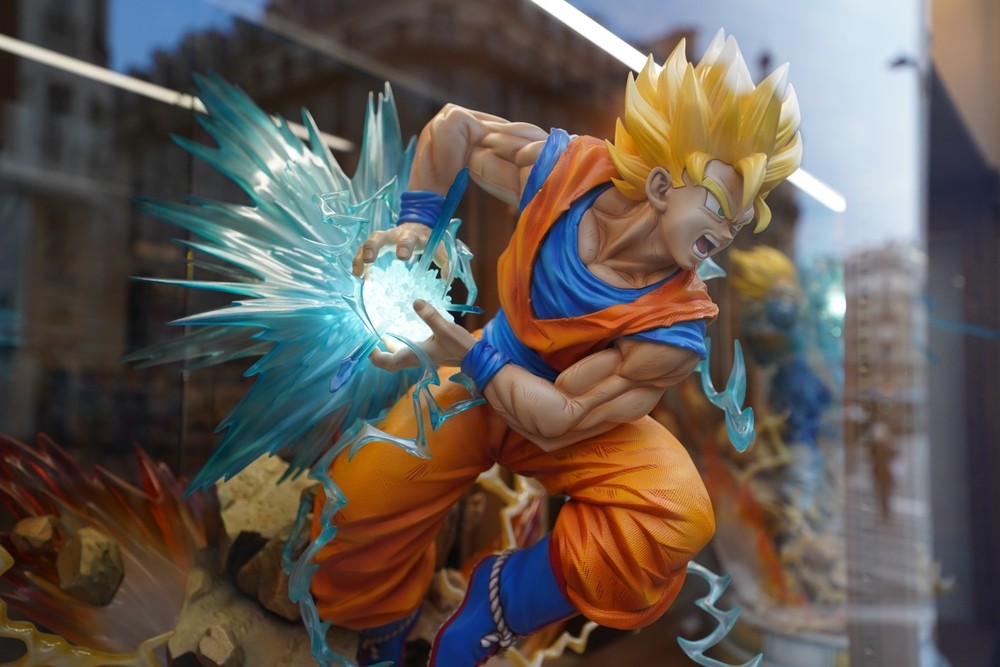
1980s – 1990s: Anime makes a comeback in the Philippines
Anime returned to Philippine television after the success of the 1986 People Power Revolution. Up until then, anime in the Philippines was aired in English. It wasn’t until the mid-1990s that channels such as RPN-9, IBC Channel 13, and ABC Channel 5 (TV5) started launching Filipino-dubbed anime like Ranma ½, Dragon Ball Z, and Sailor Moon. The last unaired episodes of Voltes V were dubbed and released by GMA Films in 1999, much to the delight of many viewers.
Dubbing was particularly crucial in “domesticating” anime for foreign audiences. This localization of Japanese content paved the way for anime to become more relatable to Filipinos and coincided with the mass market’s increased access to television sets.
However, licensing, distribution, and translation costs limited the amount of anime available in the country. Those who could afford them imported content from Japan and the United States, or accessed them through fan websites. Since media in the 1990s also transitioned to VCDs and DVDs, a cheaper, more common option was to turn to fan-translated content. During this time, the demand for pirated anime grew, so much so that they were openly sold in public markets.
2000s: Anime is further popularized over the television and Internet
The increasing interest in anime and Japanese culture eventually became a part of mainstream Philippine media. By the 2000s, local television stations actively included Japanese shows in their regular programming. Media conglomerate ABS-CBN launched Hero TV, a channel dedicated to airing anime shows in the Philippines. This made Japanese content all the more accessible to Filipinos.
Furthermore, the growing popularity of anime on Philippine television coincided with the country’s rising Internet culture. Even if anime was now more available on mainstream channels, tech-savvy fans learned how to quickly access new anime by tapping into online communities that offered fan-subbed content. Official English-language anime recordings were also still expensive, leading fans to resort to pirated material.
2010s – present: Streaming makes anime more accessible in the Philippines
Up until the early 2010s, access to Japanese media in the Philippines has been limited to traditional outlets, expensive imports, and occasional events initiated by Japanese-led organizations or fandoms. Finally, in 2016, the company iFlix offered subscription video-on-demand services in the Philippines. Soon afterward, the expansion of global streaming platforms made various Japanese shows legally accessible in the country.
For instance, premium Asian entertainment platform Viu Philippines introduced popular anime titles to its expanding collection in the Philippines, enabling anime enthusiasts to watch legally at no cost. For Jin Joson, a Philippine representative and awardee at the World Cosplay Summit 2021, this made watching anime convenient because fans can stream anytime.
Viu also has the nearest translation of anime subtitles. This is valuable for fans who want to accurately experience the essence of the anime they watch. According to Fran Añonuevo, an otaku who also works at Viu, good subtitles allow fans to feel more emotions from the shows they follow.
Anime in the Philippines has gone through many eras and transformations to get to where it is today. For fans like Joson and Añonuevo, its current availability and format makes it accessible more than ever. This lets more Filipinos incorporate anime into various aspects of their life.
The anime effect in the Philippines
The history of anime in the Philippines shows how its influence continues to this day and is manifested in different aspects of Filipino culture.
Cosplay and anime conventions
Filipinos’ fondness for anime paved the way for cosplay (“costume play”) conventions wherein cosplayers embody anime characters through costume, makeup, and acting. Cosplaying became a way for fans to express themselves, share their interests, make new friends, and stay informed about anime in the Philippines. Today, one of the country’s largest anime and manga events is Cosplay Mania, which draws in tens of thousands of attendees annually.
The passion Filipino cosplayers have for anime enabled them to develop their artistic skills in sewing, photography, and cosmetics, among others. Julienne Muñoz, another otaku, also believes that anime was revived when fans indulged in their enthusiasm as grown-ups. In the case of Muñoz, her job at Viu lets her bring anime to many people for them to enjoy and connect with.

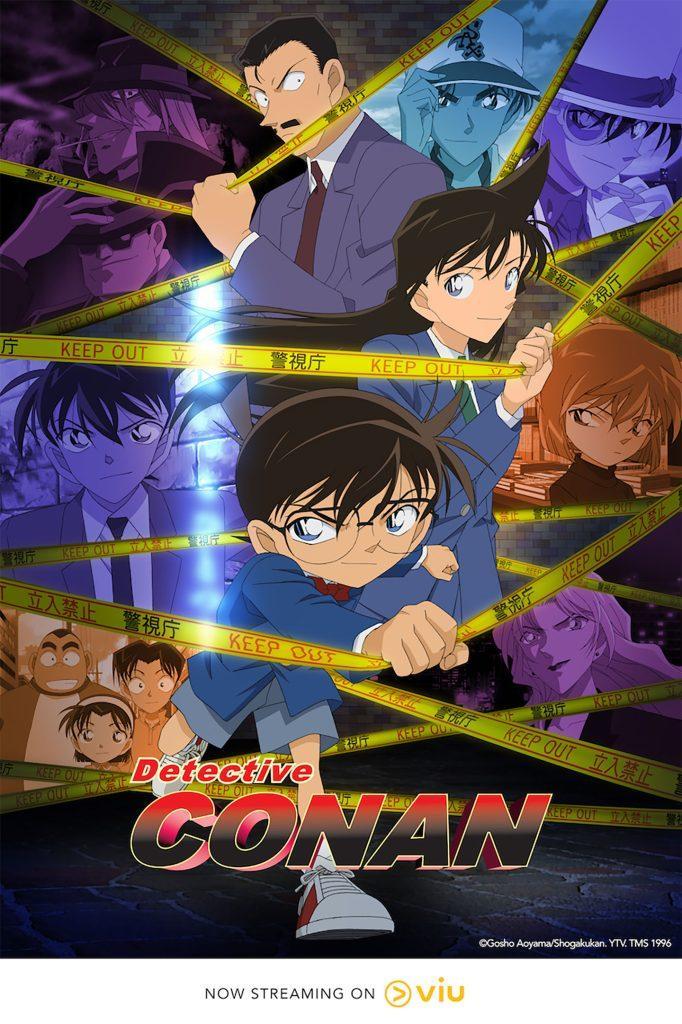
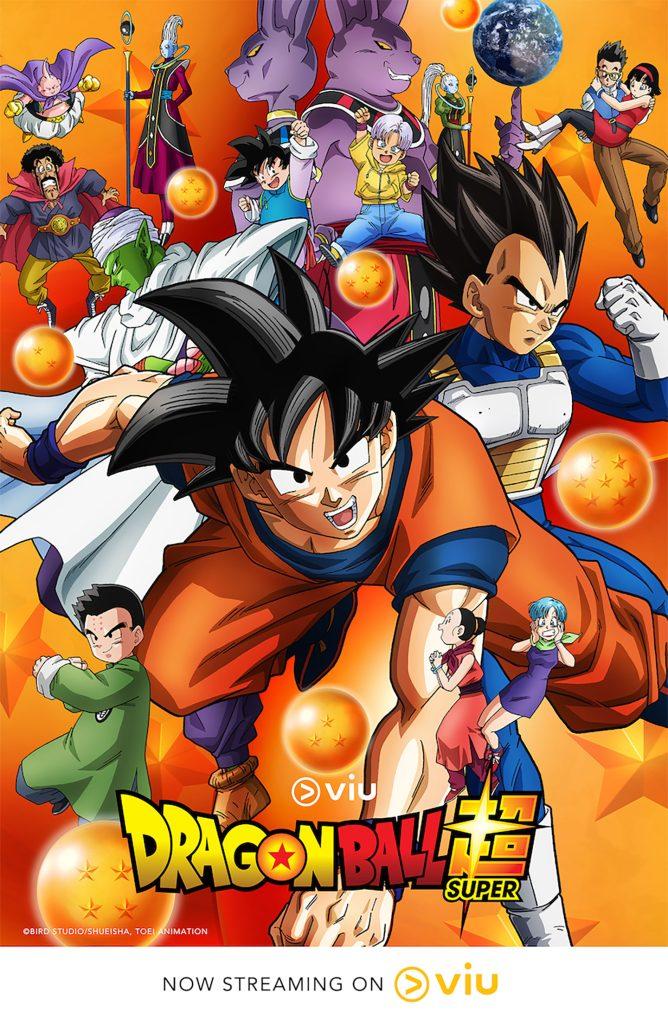
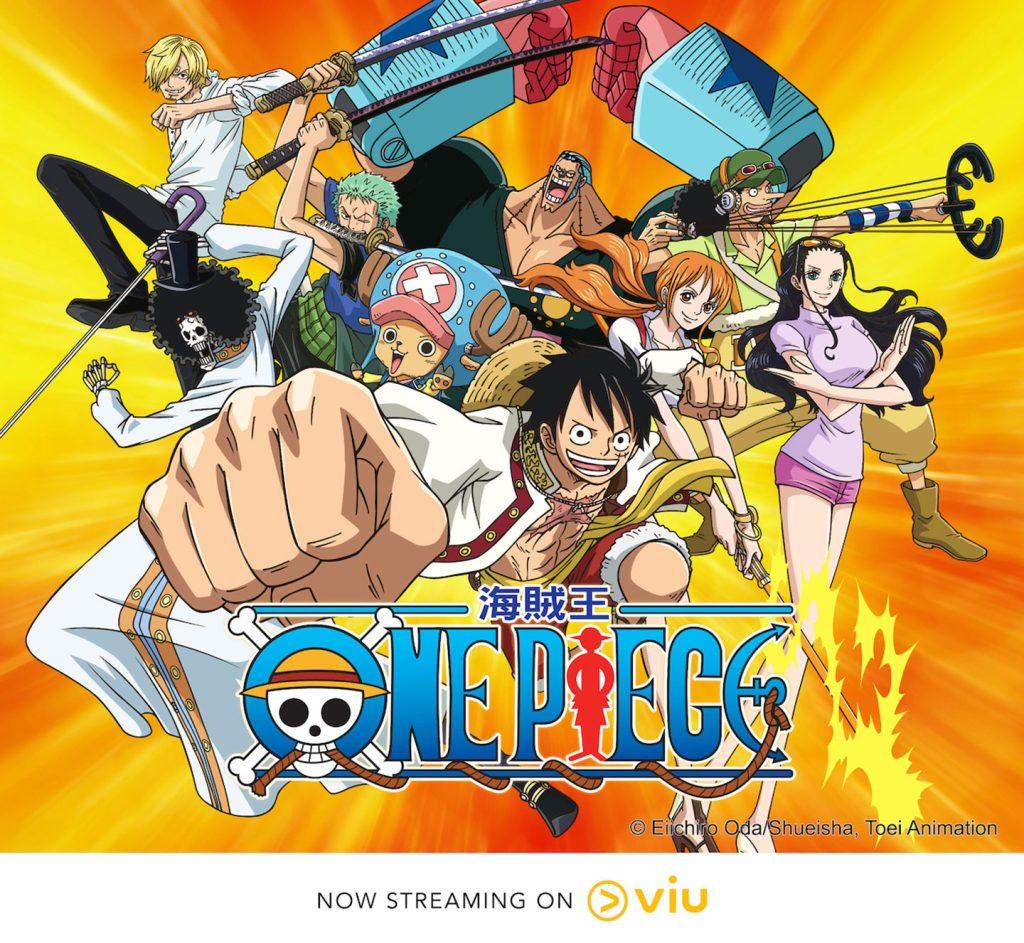
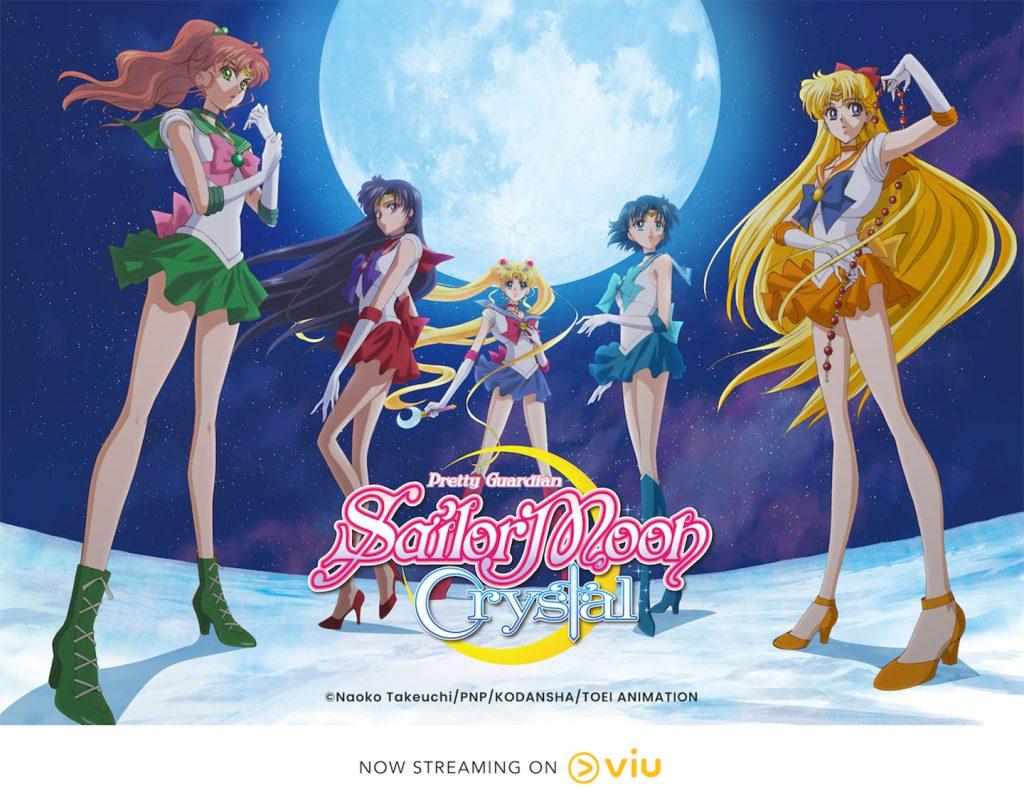


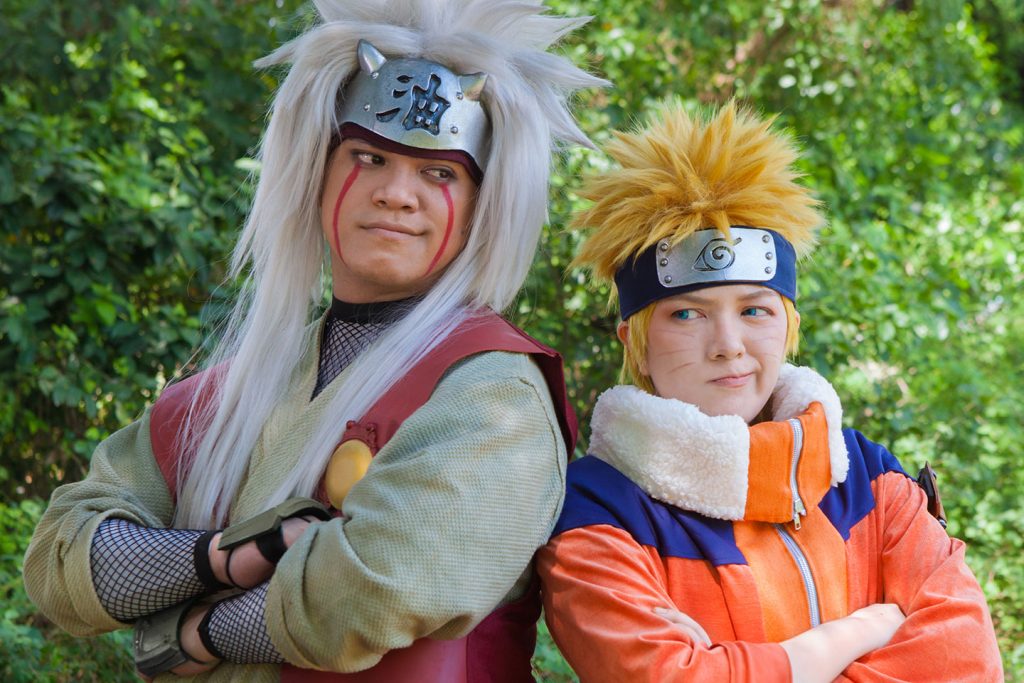
Online platforms and Japanese lessons
Because most Filipino fans possess a good command of the English language, they easily navigated anime communities on the Internet such as Fanfiction.net and Archiveofourown.org. Writing fan fiction also allowed Filipinos to discuss popular anime even beyond the Philippines by engaging with other cultures online.
Moreover, many Filipinos take their devotion to anime a step further by pursuing Japanese lessons. The Department of Education (DepEd) started offering Japanese language and culture courses to high school students in 2009, and nearly all of their enrolled students are self-confessed anime fans. By adding Japanese to their skillset, some Filipinos were able to secure jobs in Japanese companies, while others were able to pursue studies in Japan.
Other popular media
Anime has also influenced popular Philippine art and artists, with animators integrating its style into their work. For example, Trese, a Filipino comic based on Philippine mythology, was adapted into a television series using art inspired by anime on Netflix.
In 2021, GMA Network began the production of Voltes V: Legacy. This Filipino adaptation of the classic anime features modern animation techniques combined with live-action scenes, expanded plotlines, and new characters.
The love for anime in the Philippines continues
Given its long history and enduring influence, it’s no wonder that anime remains popular in the Philippines today. Its transformation throughout the decades only endeared it even more to Filipino fans, despite going through changes across different media, languages, and formats.
The passionate love for anime in the Philippines continues to expand with its widespread cultural presence. In fact, Filipino animation in the pandemic has remained resilient, opening immense opportunities for people who want to make anime a part of their career.
“Cosplaying can [become] a profession, or anime culture [can] be taught in universities too,” said MSI Gaming Philippines Ambassador Roxanne Kho.
Anime has also built a loyal following of fans who learned relatable life lessons from their favorite shows. For Joson, what makes anime stand out is its captivating and mature themes, which he said “aren’t often seen in other cartoons that are made for younger children.”
Anime has proven that it can be enjoyed by children and adults alike — a feature that makes it withstand the test of time and ensures its continued success for many years to come.

